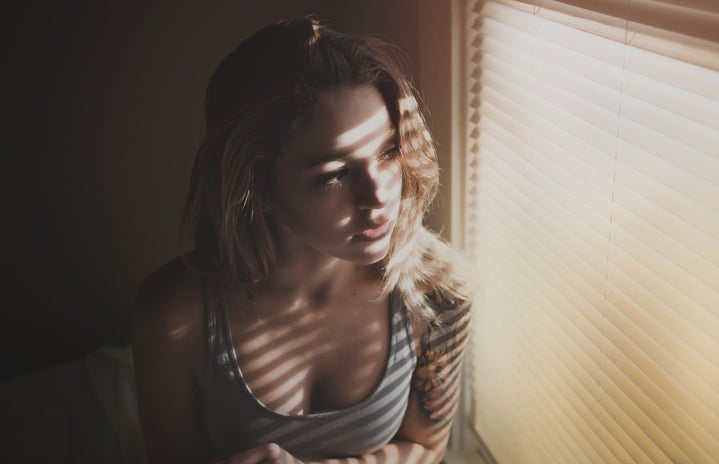Like many others, my first introduction to Obsessive-Compulsive Disorder (OCD) was through the media, which often stereotypically depicted it as just being tidy and clean. However, OCD is far more than what we see on TV. It can and does take over one’s life, making the most mundane tasks extremely difficult.
WebMD defines OCD as, “a mental illness that causes repeated unwanted thoughts or sensations (obsessions) or the urge to do something over and over again (compulsions). Some people can have both obsessions and compulsions.”
When I was diagnosed with OCD last year, I had no idea that some of my behaviors were even considered compulsive or that some of my thoughts were obsessive. Since then, I have had to confront some of my own misconceptions about OCD. Before I discuss some of them, I do want to emphasize that everyone’s OCD looks different. The symptoms can vary greatly, so this is just my personal journey with OCD.
One of the most frequent misconceptions is the idea that OCD is synonymous with being organized, while it actually has a variety of symptoms.
According to WebMD, OCD falls under four categories: contamination, intrusive thoughts, checking, and symmetry. Symmetry is usually what people think OCD is, a desire for things to be in order. However, when people carelessly joke about being “OCD” and casually compare it to simple organization, it detrimentally undermines how much time can be spent on these behaviors. For many who have OCD, it takes up a giant chunk of their lives. They may spend hours ensuring that everything is organized or spend days rearranging their room until it feels right.
Another misconception is that it is easy to stop the thoughts or behaviors. Most of us with OCD know that these thoughts or habits are far from normal, but when we don’t engage in them, it feels as though something horrible will happen. For example, I have a habit of checking my Instagram before I go to bed a certain number of times. Now, this may not seem that strange, but I spend about 20 minutes each night checking to ensure that I didn’t accidentally post on my story or feed. In my head, I am scared that the accidental post is something that I would never be able to take back if my followers had seen it.
Sometimes, the stakes are higher. I used to have a habit of checking if the stove was off at least 30 times before I finally left the kitchen. I knew that it was most probably off after checking twice yet I kept feeling as though it might still be on and that if I did not check again, my house would burn down.
Another common misconception of OCD is that it involves being extremely clean. While this is partially true, it again completely diminishes the actual severity of the symptom. This behavior falls under the contamination category. This can be washing your hands several times a day, not touching a doorknob, and having a general level of cleanliness. It is harmful to use the word “OCD” to describe anyone who appears to be clean. OCD is far more than just being clean, it can manifest itself as only seeing the world in all its contamination.
OCD is a very real and difficult disorder, but also one that deserves more widespread and healthier representation. It should never be talked about lightly. OCD can be lessened through therapy and medication, the stigma itself can be decreased by educating others on what OCD actually entails. For more information on the intricacies of OCD, watch this video done by Anthony Padilla where he sits down with individuals who have the disorder.
Again, OCD shows up in extremely different ways in each person and is not just constrained to the four categories mentioned earlier. Please be mindful when using the term “OCD” because language and words can seriously further the stigma surrounding the disorder.
If you have any stories or resources about OCD that you would be comfortable sharing with us, let us know on Instagram @HerCampusSJSU.



